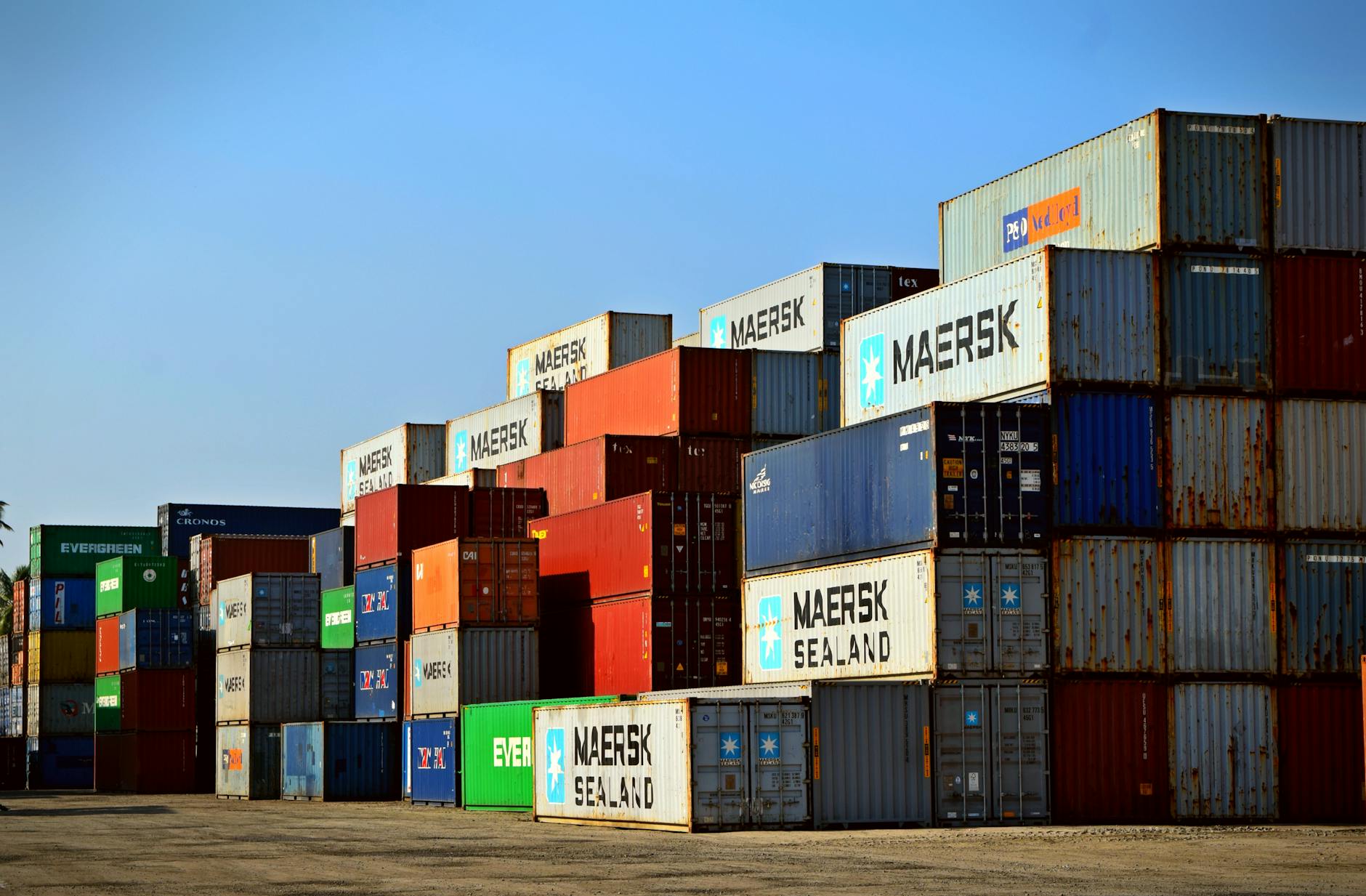【Comprehensive Comparison】What’s the Difference Between venv and Docker? Pros & Cons Explained
Introduction: Understanding the Difference Between venv and Docker
When setting up a Python development environment, you may wonder whether to use venv (virtual environment) or Docker (container technology). Understanding their differences and using them appropriately can greatly improve development efficiency.
This article will clarify the differences between venv and Docker, explain their advantages and disadvantages, and help you determine which one to choose for your use case.
What is venv?
1. Overview of venv
venv (Virtual Environment) is Python’s built-in tool for creating isolated environments, allowing each project to have its own dependencies. This prevents conflicts between different projects using different library versions.
✅ Features of venv
- Built into Python (no additional installation required)
- Simple and lightweight environment setup
- Works independently of the OS
🔧 Basic Usage of venv
# Create a virtual environment
python -m venv myenv
# Activate the virtual environment (Windows)
myenv\Scripts\activate
# Activate the virtual environment (Mac/Linux)
source myenv/bin/activate
# Install packages
pip install fastapi
# Deactivate the virtual environment
deactivate
What is Docker?
1. Overview of Docker
Docker packages applications and their dependencies into containers, ensuring consistent execution across different environments. Unlike virtual machines, Docker provides lightweight virtualization on the host OS.
✅ Features of Docker
- Manages applications and their environments together
- OS-independent setup
- Eliminates differences between development and production environments
🔧 Basic Usage of Docker
# Build a Docker image
docker build -t myapp .
# Run a container
docker run -d -p 8000:8000 myapp
# List running containers
docker ps
# Stop a container
docker stop <container_id>
Differences Between venv and Docker
| Feature | venv | Docker |
|---|---|---|
| Environment Isolation | Only Python environment | OS-level isolation (includes all dependencies) |
| Setup Complexity | Simple (python -m venv) |
Requires Dockerfile and Docker Compose |
| Portability | May vary depending on OS | Ensures identical behavior across environments |
| Resource Consumption | Almost none (very lightweight) | Has some overhead due to containerization |
| Reproducibility | May differ across OS | Completely reproducible anywhere |
| Production Use | Mainly for development | Suitable for both development and production |
Pros & Cons of venv
✅ Pros of venv
- Lightweight and simple: Built into Python and easy to set up.
- Low learning curve: No additional tools needed; easy for Python developers.
- Minimal resource consumption: No additional overhead like containers.
❌ Cons of venv
- Depends on the Python version: Behavior may differ across OS environments.
- Cannot manage system libraries: External dependencies (e.g., databases, Node.js) require separate management.
- Not suitable for production: Mainly designed for local development.
Pros & Cons of Docker
✅ Pros of Docker
- Consistent environments: Development and production environments remain identical.
- OS-independent: Works the same across all operating systems.
- Manages non-Python dependencies: Can include databases and external services in the container.
❌ Cons of Docker
- Higher learning curve: Requires understanding Dockerfiles and container concepts.
- Consumes more resources: Uses more memory and CPU than a virtual environment.
- More complex setup: Requires installing and configuring Docker.
When to Choose Which?
✅ When to Use venv
- If you’re developing only with Python (e.g., simple web apps, scripts)
- If you want a quick and lightweight setup
- If you prefer minimal learning effort
✅ When to Use Docker
- If you need to match development and production environments
- If your project includes multiple services (e.g., databases, caching)
- If you’re working in a team and need a consistent environment
Summary: Choose the Right Tool for Your Needs
| Feature | venv | Docker |
|---|---|---|
| Scope | Python environment only | Full system environment |
| Learning Curve | Low | High |
| Reproducibility | Low | High |
| Production Use | Not recommended | Highly suitable |
When setting up a Python environment, use venv for simple development and Docker for production-like reproducibility. Leverage the strengths of each tool to create the best development environment!
